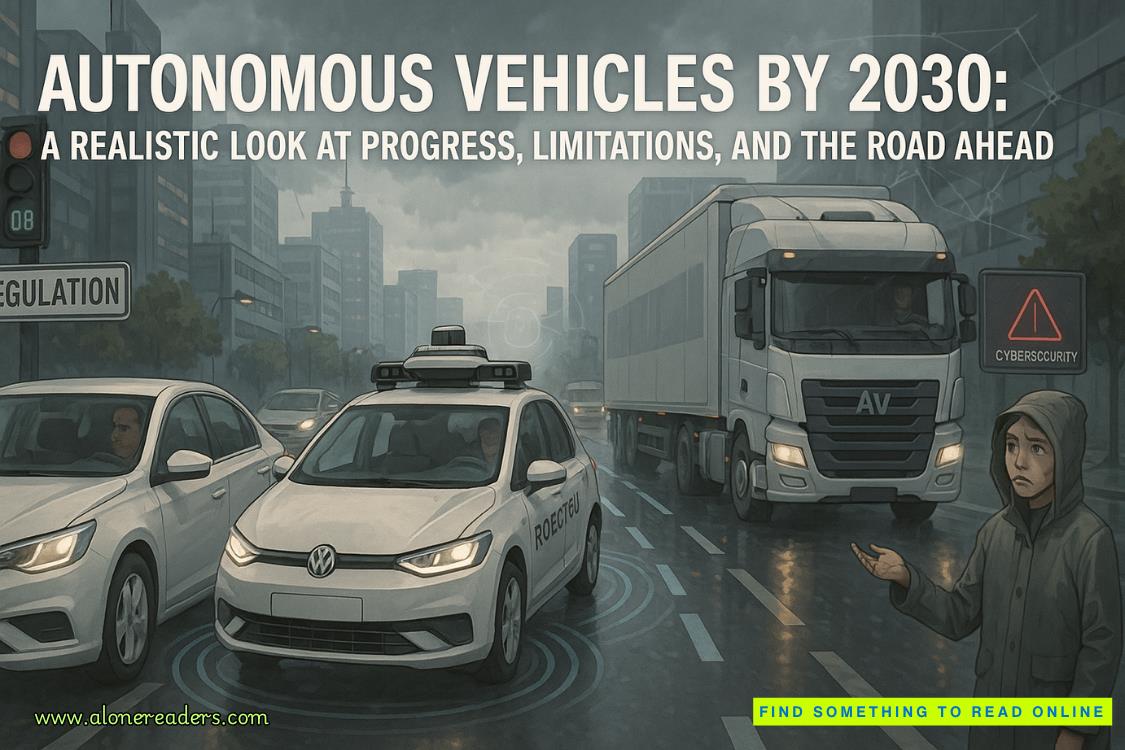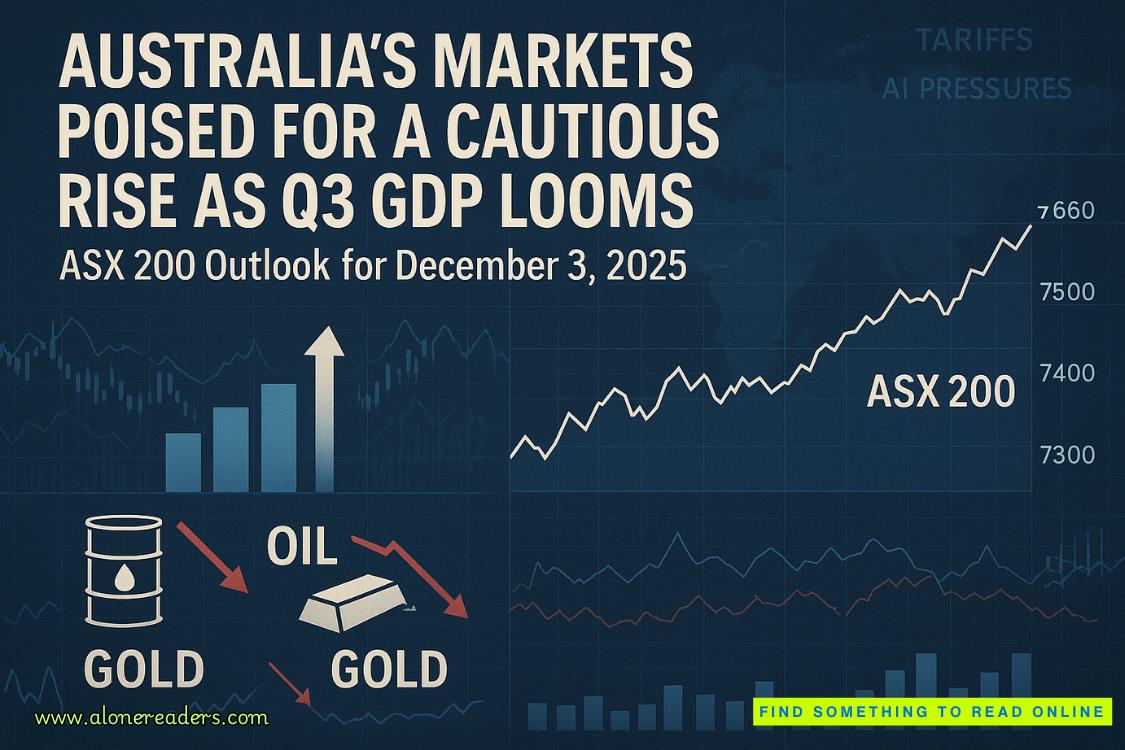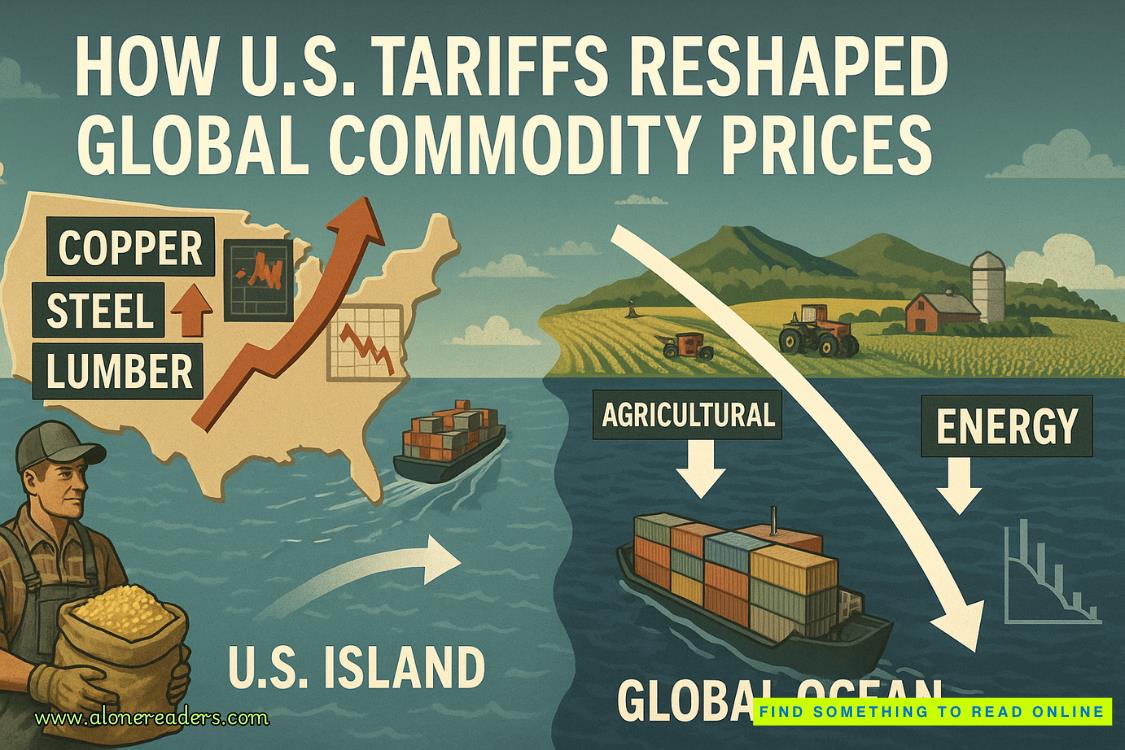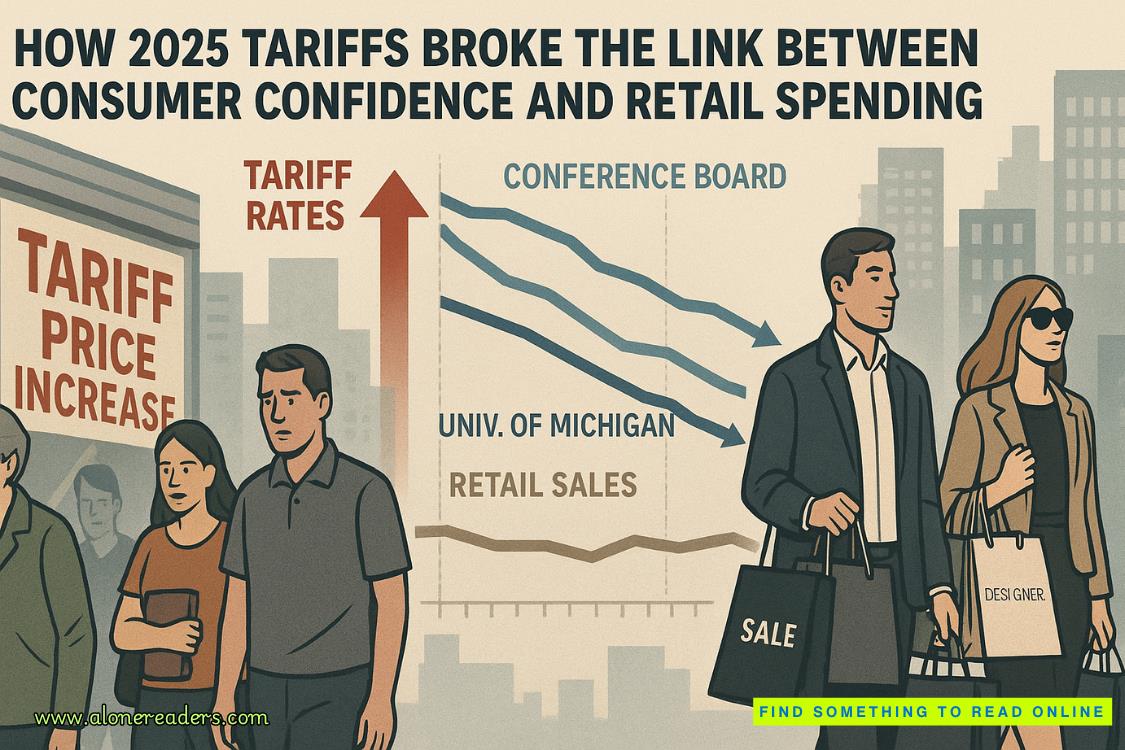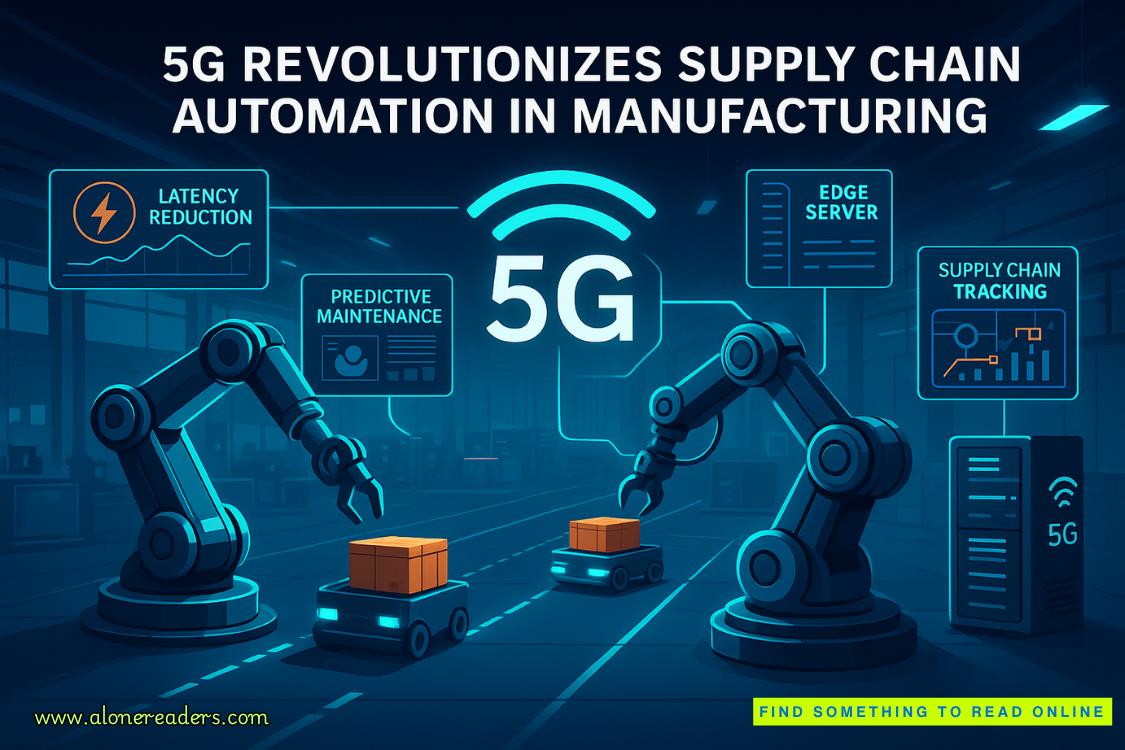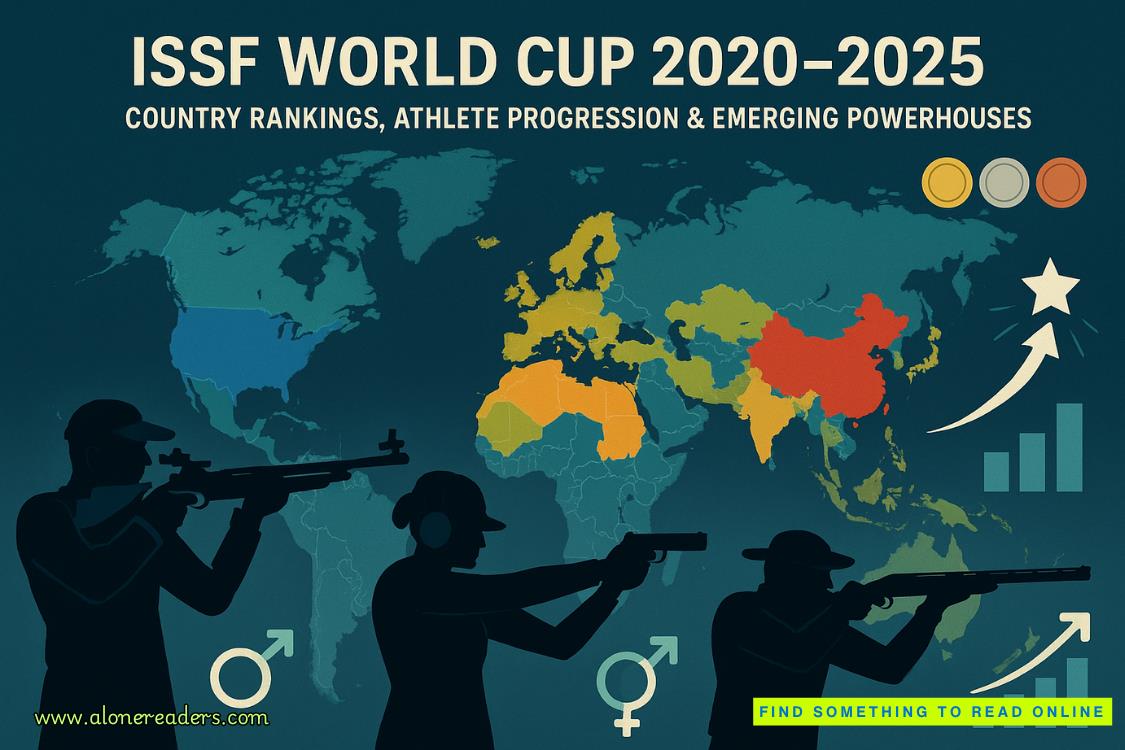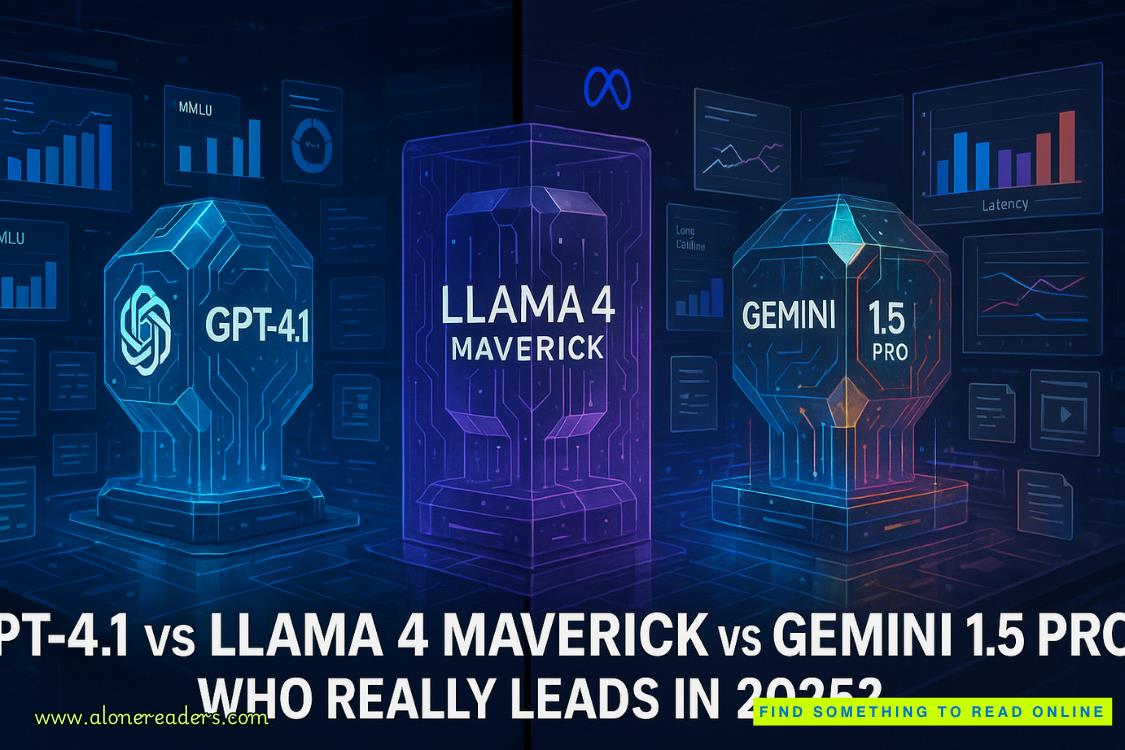Page 8 of Protected By My Best Friend's Brother
“Uh-huh.” She grins. “And I suppose the fact that you’ve practiced this presentation six times in the R&D lab is also purely objective preparation?”
Before I can defend my thoroughness, voices in the hallway announce the board members’ arrival. My stomach tightens as I straighten my notes one final time. The first row of spreadsheets is color-coded in blues and greens, James Walker’s favorite palette for sustainability projects. A small tribute he would have appreciated.
I check that my implementation timeline aligns with the tech division’s development schedule. This is my chance to prove that Project Phoenix isn’t just theoretical—it could transform how we approach sustainable energy analytics.
Lucas enters last, already deep in conversation with Harrison Garrett about SolarTech’s latest market moves. He’s wearing a charcoal gray suit that makes his eyes look stormy, and— nope. I’m not noticing that. Focus on how we’re going to beat Brighton’s AI-integrated platform while revolutionizing renewable energy analytics.
His gaze sweeps the room and pauses briefly when it lands on me. Is that reassurance in his eyes? The slight nod he gives me reminds me of how he used to signal “you’ve got this” before my presentations in college. Some things haven’t changed.
“Good morning, everyone.” Lucas takes his seat at the head of the table, setting down a thick file I recognize as the Johnson account history. “Ms. Hastings has prepared a proposalfor retaining and expanding our largest sustainable energy partnership. Emma?”
Right. That’s me. Professional me. Who can handle this presentation without remembering how he used to help me practice my speech class talks, back before I knew what it felt like to almost kiss him on a moonlit balcony.
I stand, managing not to knock anything over in the process. Small victories.
“As you know, Brighton Analytics has been aggressively pursuing the Johnson account,” I begin, proud of how steady my voice sounds. “Their main selling point is their AI-integrated analytics platform and recent partnership with SolarTech Industries. But while we can’t match their current technology integration, we have something they don’t—twenty years of relationship history and a deep understanding of the Johnsons’ sustainability goals.”
I click to my first slide, showing our historical data with the Johnsons. “They aren’t just looking for faster analytics. They’re positioning themselves as leaders in sustainable energy adoption. Their last quarterly report shows a 60% increase in green technology investment. Brighton can offer real-time data processing but can’t provide the comprehensive sustainable energy insights we’ve developed through Project Phoenix.”
As I speak, the room’s energy shifts. Several board members lean forward, their interest captured by the colorful visualizations mapping the Johnson family’s evolution from traditional energy consumers to sustainability pioneers.
“Our strategy has three components,” I continue, advancing to a slide that shows our framework. “First, we’ll provide weekly micro-reports focused specifically on the sustainable metrics they care about most.”
I click to the next slide, showing a sample report with highlighted metrics. “Second, we’ll establish dedicatedcommunication channels between their green energy team and our researchers, making them active participants rather than passive clients.”
The next slide reveals a prototype dashboard where performance metrics and environmental impact data merge in a clean, intuitive interface.
“Finally, we’ll give them early access to this – our integrated analytics dashboard that lets them track both business performance and environmental impact in real time. This is the cornerstone of Project Phoenix, and something Brighton can’t match yet.”
I can feel the energy in the room shifting as board members begin to see the potential. Even Garrett seems to be studying the dashboard with genuine interest.
“The key,” I explain, zooming in on a feature of the interface, “is making them partners in developing our sustainable analytics platform. We’re not just selling them a service; we’re inviting them to shape the future of green energy analysis. By combining their practical experience with our Project Phoenix innovations, we create a partnership that Brighton can’t match.”
“And how do you propose to manage the increased workload?” Garrett interrupts, tapping his tablet where I know he has Brighton’s latest quarterly report displayed. “Our tech division is already struggling to meet current demands. SolarTech’s market share grew 15% last quarter alone.”
I feel a flutter of anxiety, the one I always get when someone questions my work. But then I remember James Walker’s words: “Numbers don’t lie, Emma. Trust your data.”
“Actually,” I click to my next slide, trying not to feel too satisfied at Garrett’s surprised expression, “I’ve mapped out a resource reallocation plan that integrates Project Phoenix’s automated systems. By streamlining our current reporting processes and implementing our new analytics framework, wecan reduce manual processing by 45% while improving accuracy by 30%.”
My gesturing hand catches my coffee cup. Time seems to slow down as I watch it tip, coffee arcing through the air toward my sustainable impact projections.
Before disaster can strike, a hand shoots out and catches the cup. Coffee sloshes over the rim, but instead of ruining my presentation, it lands harmlessly on the table.
Lucas sets the almost empty cup safely aside, and our eyes meet briefly. His lips twitch like he’s fighting a smile. “Please continue, Ms. Hastings.”
Right. Because, of course, he caught it. Lucas “Superhuman Reflexes” Walker is still saving me from my chaos. Just like when he lunged across the library table to catch my laptop before it crashed to the floor during finals week. Or when he grabbed my waist to stop me from falling into the pool at his father’s retirement party, moments before our almost-kiss.
Everyone’s staring at me, waiting to see if I’ll fall apart.
Not this time.
I’m already pivoting, my mind instantly recalculating, finding the opportunity in the near-disaster. “Actually, that’s a perfect example of what I’m talking about. Quick responses to potential issues, preventing problems before they become disasters. Our new system will identify sustainability risks and opportunities in real-time, allowing for proactive rather than reactive management.”
A ripple of appreciative chuckles circles the table. Even Garrett’s expression softens slightly.
“The Johnsons need to know we’re not just their analytics provider,” I continue, pulling up our renewable energy forecasts. “We’re their partner in sustainable growth, risk management team, and opportunity spotters. We see the market shifts before they impact bottom lines.”
“And what makes you qualified to lead this initiative?” Garrett asks, leaning forward with narrowed eyes. “This would require coordinating with our tech division, which is already behind schedule on development.”

